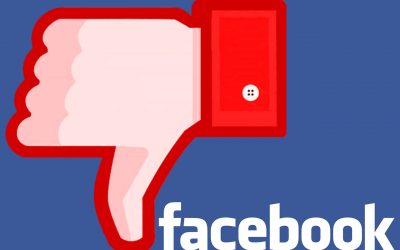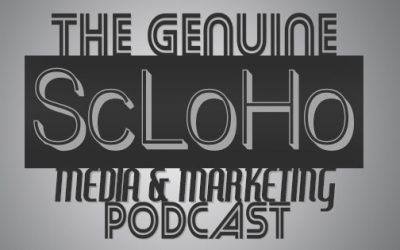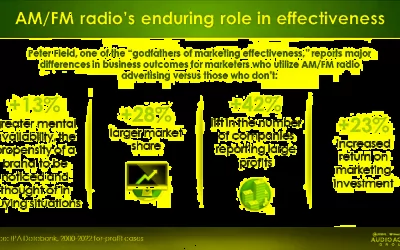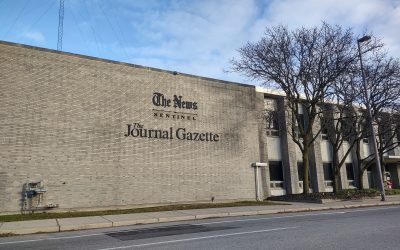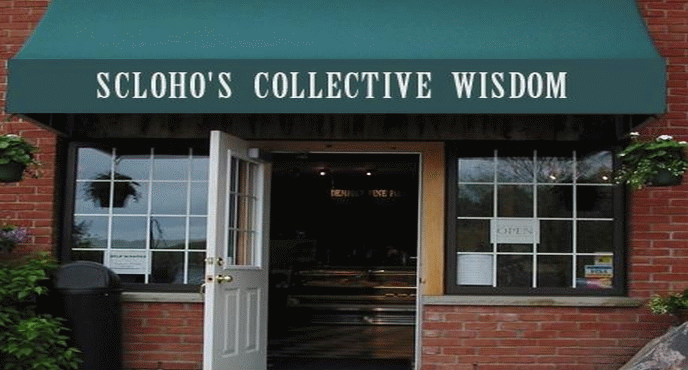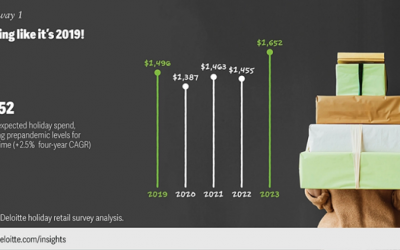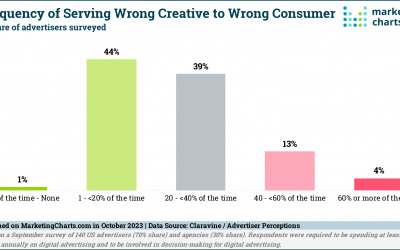Last weeks Sound ADvice newsletter was too good to only share via email: You’ve heard the old expression about being too close to the forest to see the trees? As a business owner, it’s easy to fall into this trap. You have a lot going on and a lot of different things...
WOWO Fort Wayne Radio Advertising with Scott Howard
Stop the Ad-Speak
The dictionary definition of cliché is, “a hackneyed or over-used expression which has literally become meaningless over time.” Why would anyone invest their hard-earned advertising dollars in an expression that has literally become “meaningless?” In fact, clichés can...
The Danger of Relying on Facebook
Last Tuesday, the world freaked out because of a glitch in the internet. Specifically Facebook's parent company Meta, and most of their affiliated social and internet related sites and features became inoperable starting around 10am eastern time. I am actually writing...
Reintroducing ScLoHo
Last week, when I was recording the podcast version of my weekly update I mentioned briefly what a ScLoHo is. Today, that is the focus of both this article and podcast episode. If this is the very first time you've listened to the Scott Howard Genuine ScLoHo Media and...
The State of Radio and WOWO in 2024
Is Radio still a viable advertising media in 2024? The TL;DR answer is yes. Last week I shared the story of the demise of our local newspapers over the past 20 years and my insider numbers. Today, I'll review the local radio scene and include some numbers from a...
What Happened to Our Newspaper?
I get to work with all kinds of businesses, new ones, old ones, online only and brick and mortar only along with many that are some kind of combination of all these factors. This is the final few months for one of my favorite clients in Fort Wayne, a retail shop that...
On The Road Again
'Commutes Are Back' As Time Spent With AM/FM In Cars Hits Eight-Year High. That was the headline of an InsideRadio.com story last month and that's great news for those of us in the radio broadcasting industry. It's also fantastic news for businesses that want to reach...
Top 10 Holiday Shopping Days of 2023
If the experts are correct, retailers should get set for a very Merry 2023 shopping season. According to the 2023 Deloitte holiday survey, the holiday spirit and spending will rebound and consumers expect to spend $1,652, surpassing pre-pandemic levels for the first...
Digital Discrepancies
I was born in the 1900's. I heard that line last month when comedian Nate Bargatze was hosting Saturday Night Live. Of course I didn't watch it live on Saturday night, I saw it a few days later because we have YouTubeTV as our streaming service and my wife was...



